Nikon Z 17-28mm f/2.8 Nightscape and Astrophotography Review
Last September, Nikon released the Z mount 17-28mm f/2.8 lens. Immediately, two specifications piqued my interest when it came to how this lens would perform with astrophotography and nightscapes: it was a wide-angle lens and also fast at f/2.8.
Over the course of a few months, Nikon let me test out this incredible lens so that I could gather my thoughts on how I think it performs as a nightscape and astrophotography lens. From my testing, I’ve gathered what I like and dislike about the 17-28mm f/2.8 and thoughts on how it compares to other lenses that I think are great alternatives.
Nikon Z 17-28mm f/2.8: Likes
Taking a look at what I liked about the lens, the first thing that has to be highlighted on this lens is the price. The Nikon Z 17-28mm f/2.8 retails for a price of $1,199.95. For comparison, the Nikon Z 14-24mm f/2.8 sells for $2,499.95. The 17-28mm is slightly less than half of the price for close to the same focal length and the exact same maximum aperture.
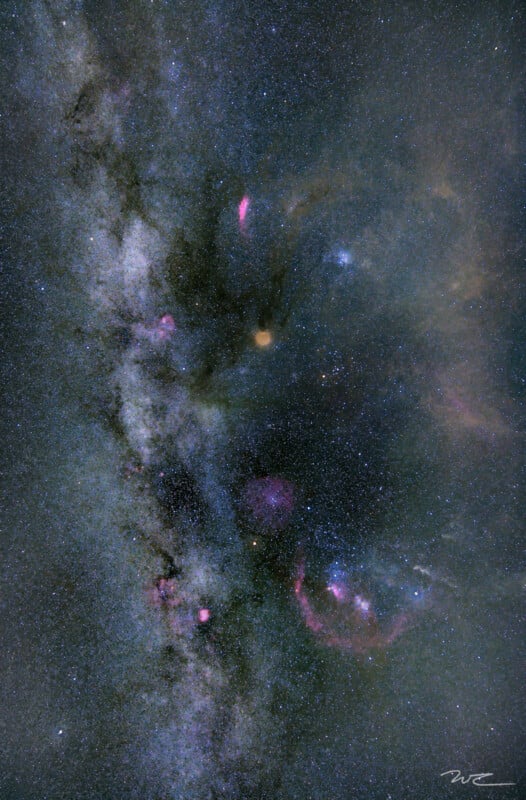
That leads me into the next two specs I like when it comes to using this lens for astrophotography and nightscapes: it’s a wide-angle lens and has a large maximum aperture. At 17mm, this lens is great for Milky Way photos and the maximum aperture of f/2.8 allows for a large amount of light to make it to the sensor. Combining those two specs you get long exposure times with lots of light and without star trailing. For example, using the 500 Rule, you can theoretically shoot for 29 seconds. However, I’ll admit I probably wouldn’t shoot for longer than 15 to 20 seconds. But having a max aperture of f/2.8 helps increase the amount of light at 15 seconds. This gives a compromise to lowering the shutter speed to prevent trailing.
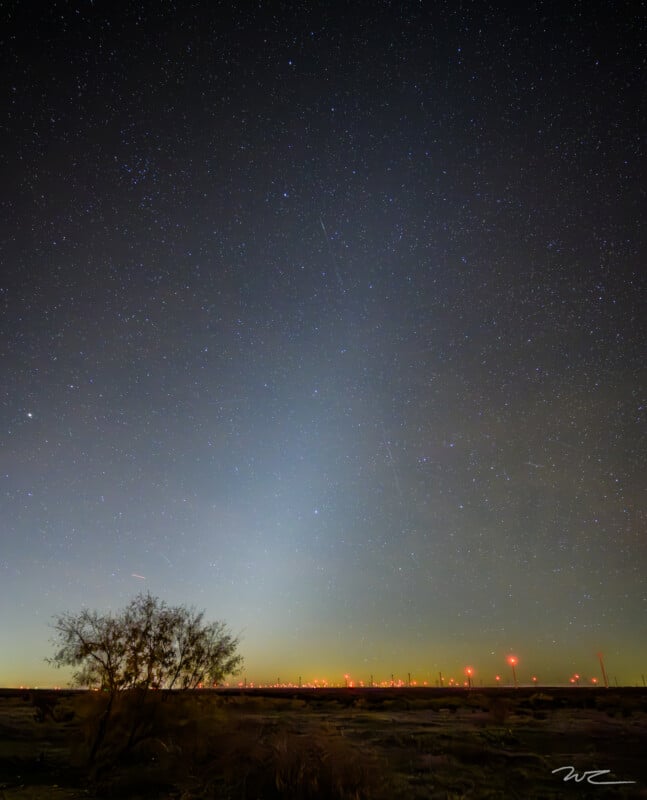
Continuing on with my likes from a spec’s standpoint, I loved how lightweight and small this lens was. To me this size was perfect as it provided a smaller footprint in my bag when traveling. It also helped keep the weight of my bag down. I usually have to do some sort of hiking to get to a spot I want to take a nightscape photo, so the lighter my bag the better. Additionally, I prefer to travel with only a carryon when going overseas. A smaller lens means something else might make the cut to take the flight.
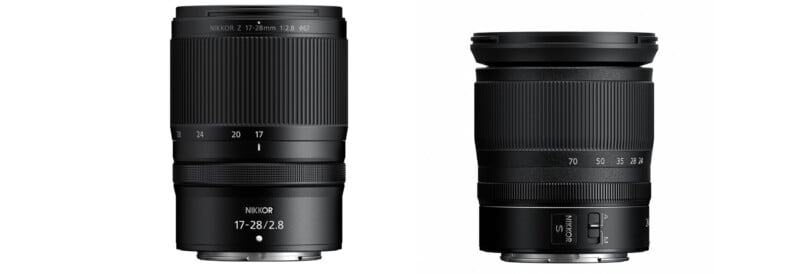
As far as the “feel” of the lens, one thing I really liked was the size difference between the focal length ring and focal distance ring. It’s very intuitive in the dark that the larger ring, that takes up about an inch of real estate on the outside of the ring, is for the focal length. Conversely, the smaller ring is the focal distance. It might seem weird that I liked that so much, but in the dark it’s nice to have features that can be determined by feel rather than sight. For some reason, I have always stumbled with the three rings that are all of similar size on the Nikon Z 14-24mm f/2.8 lens.
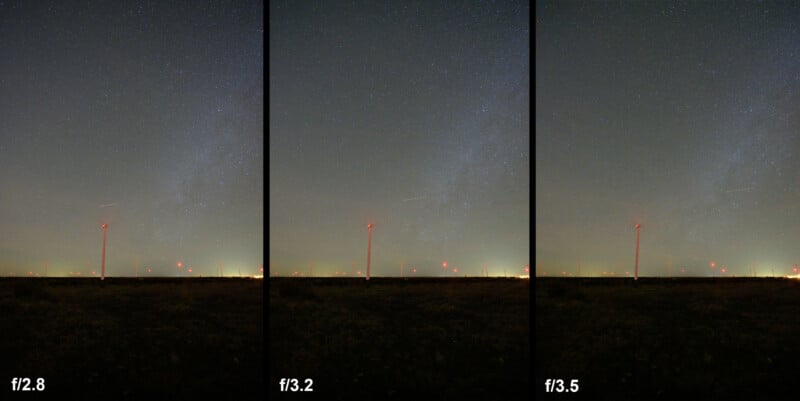
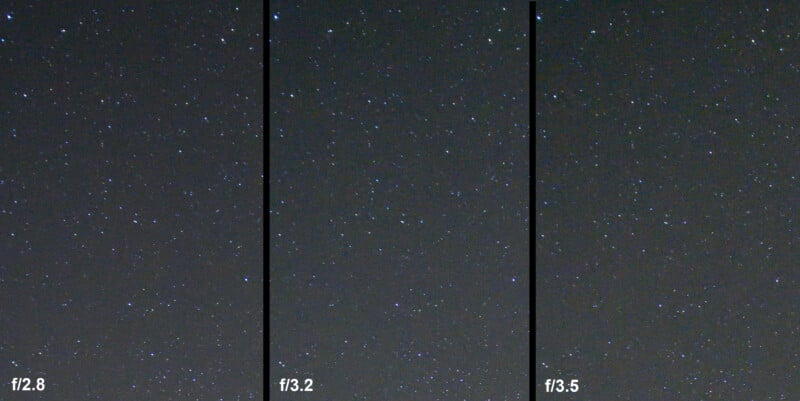
When it came time to inspect some of my images, the first thing I liked was how little vignetting appeared at the maximum aperture at f/2.8. When I first shot the Milky Way, I was using a Rokinon 14mm f/2.8 in 2019. There is no comparison when it comes to how well the Nikon 17-28mm performs against the Rokinon 14mm. As with any lens, there will be vignetting at the maximum aperture, but the difference when compared to the same shot taken with settings of f/3.2 and f/3.5 is marginal.
The next item I always look at is how sharp the stars are, especially out in the corners. The Nikon 17-28mm f/2.8 performed incredibly well. Just take a look at the test image below. Don’t get too hung up on the planet that is slightly overexposed and instead look at the stars. There is a very minimal coma evident in the stars that are out in the corner of the image. I do believe the 14-24mm is slightly sharper but overall, most people are never going to see the slight imperfection in any photos.
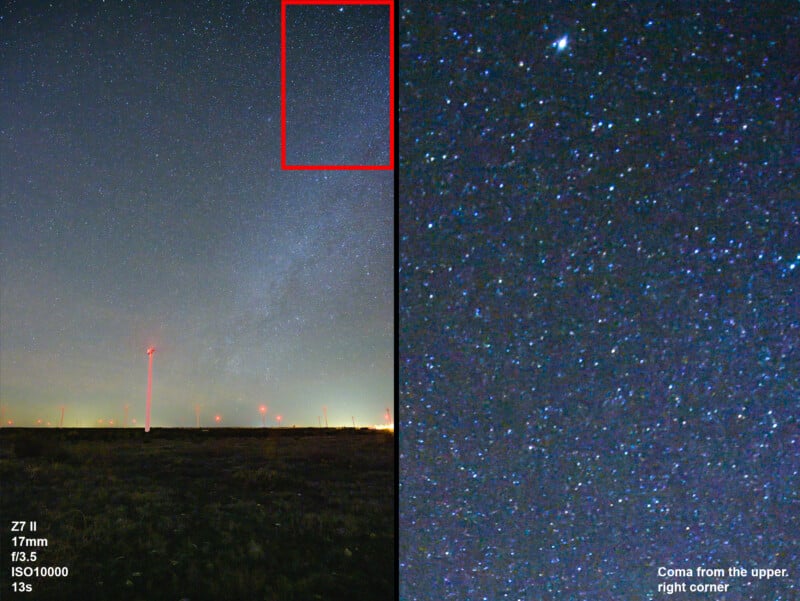
Nikon Z 17-28mm f/2.8: Dislikes
There were a lot of great things about this lens, but there were a few things I did not like when thinking about astrophotography and nightscapes.
The first one for me is that it doesn’t go wider than 17mm. Although 17mm is pretty wide, my dislike about it stems from the focal length limiting the expansiveness of a Milky Way photo. It’s not a huge difference, but it will slightly limit options for compositions. That being said, this can be made up by using the lens to take panoramic photos.
The next item was something that if this lens had would have made me fall in love with it: a larger maximum aperture of f/1.8. A max aperture of f/2.8 is great, but f/1.8 opens up even more opportunity to capture details in the night sky. I will preface my opinion with the fact that this lens is targeted towards videography. Knowing that, it doesn’t surprise me that Nikon compromised with f/2.8 in order to keep the weight and size of the lens down for use on gimbals. But even videographers could make use of a larger maximum aperture. Additionally, lenses tend to have more vignetting at their maximum aperture, so having an f/1.8 lens would allow for a better-looking image at f/2.8.
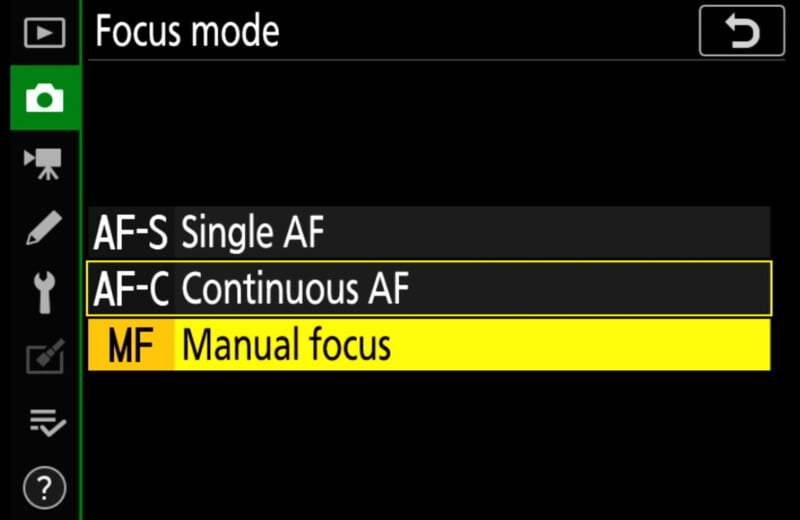
As for my last dislike, there is no switch for changing between auto and manual focus built into the lens! In astrophotography and nightscapes, manual focus is extremely important in order to ensure the stars are sharp. Since this lens doesn’t have a switch, it’s always something you’ll have to dig into the camera settings to set up. Yes, you can spin the focal ring and the camera automatically switches to manual. But, that’s only until you accidentally hit your focus button on your camera. I like having the comfortability of knowing that when I switch my lens to manual mode, there’s no way that autofocus is going to take hold. There is a work around however, and that is to go into the camera settings and select manual focus mode. I just really did not like that I couldn’t just utilize a switch like I do on all of my other lenses to get into manual focus.
A Real Contender
Overall, I was sad to have to return the 17-28mm lens to Nikon when the time came. After having it in my bag for two months, it became a staple mostly because it fit in my bag better than the 14-24mm does and is so close when it comes to specs. But maybe that just means I need a better camera bag!
Despite my one gripe of this lens not having a manual focus switch, I honestly think had it been on the market in 2020 when I purchased my 14-24mm f/2.8 it would have been a tough contender to decide which one to buy.
Are There Alternatives?
When it comes to alternatives, there are three lenses that I think are in the same ballpark when it comes to shooting nightscapes with a full-frame Z Series camera: the Nikon Z 14-24mm f/2.8, the Sigma 14mm f/1.8, and the Nikon Z 14-30mm f/4.
![]()
Looking first at the Nikon Z 14-24mm f/2.8, this is the obvious one that’s most similar. The focal lengths are nearly identical. 17-28mm being only slightly narrower. Additionally, the maximum apertures are exactly the same at f/2.8. After that is where the specs start to get drastically different. The 14-24mm is a much heavier camera at 1.4lbs and larger at 3.5” in diameter and 4.9” long. A few small things I think the 14-24mm carries over the 17-28mm is that it has a manual focus switch as well as programmable buttons. However, there is one big downside and that’s the price tag on the 14-24mm: $2,496. Aside from specs, image quality is a big thing to consider and to me there wasn’t much difference between the 14-24mm and the 17-28mm. Nikon kept it’s standard when it comes to sharp glass, even at the lower price point on the 17-28mm.
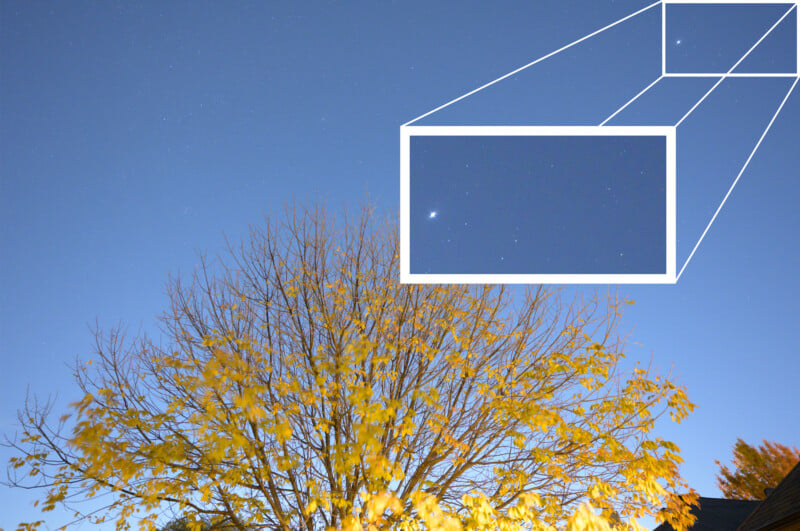
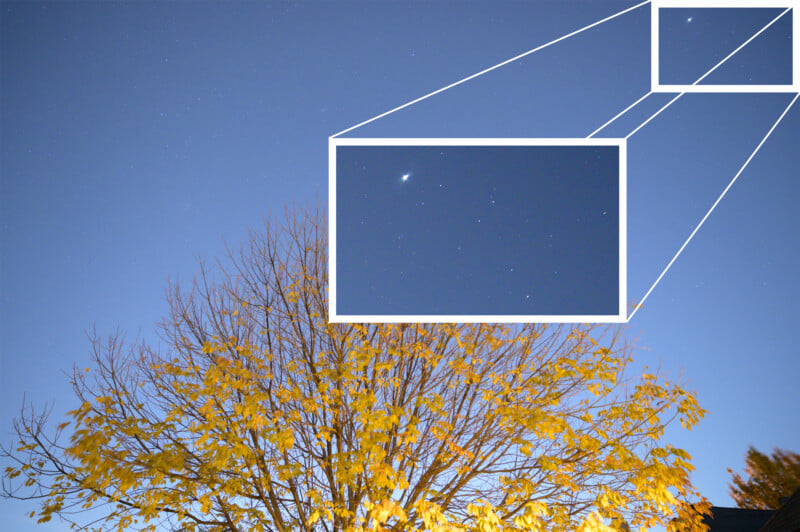
The Sigma F-Mount 14mm f/1.8 ART lens is the next one I would recommend checking out if you’re thinking about buying the 17-28mm lens. The first key thing to point out is that the Sigma 14mm is still only produced as a F-mount lens. Sigma has not yet released a 14mm Z mount. So that means Nikon Z series shooters will have to utilize the FTZ mount adapter. The additional downside, in my opinion, is the size difference. The Sigma 14mm is 1.5lbs heavier than the 17-28mm and larger with a 3.76” diameter and nearly 5” long. But don’t count it out just because of those downsides, they are largely due to the lens having a maximum aperture of f/1.8 which is fantastic for nightscape images. Finally, this lens comes in at a medium range price point of $1,599 that keeps it out of the higher values seen on the Nikon Z 14-24mm.
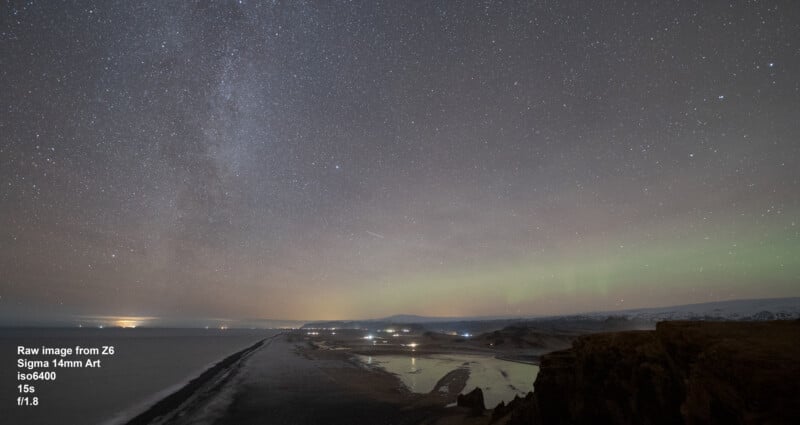
The final lens I would recommend looking at up to this point would be the Nikon 14-30mm f/4. However, with the 17-28mm on the market now I would no longer consider it when looking for a nightscape lens. That’s why I’m choosing to discuss it. At a higher price point of $1,346 I just can’t imagine why someone would pick it over the 17-28. Largely because the maximum aperture is only f/4. That means the 17-28mm is allowing over twice the amount of light to reach the sensor than the 14-30mm lens. I think for a long time, the 14-30 was an “option” mostly because it was a cheaper way to shoot wide at 14mm on the Z series cameras. I still think it holds a place in landscape photography, but I think it’s out now out for nightscapes and astrophotography.
Should You Buy It?
Yes. The Nikon Z 17-28mm f/2.8 packs a lot of punch at a small size, wide focal length, large maximum aperture, and lower end price.
About the Author: Will Chaney enjoys shooting a broad spectrum of subjects including landscapes, nightscapes, aviation, and wildlife, to name a few. Since picking up a Nikon Z6 he’s become passionate about learning and sharing about the gear Nikon produces and how it fits different aspects of photography. Will also enjoys learning about all of the additional gear that is required to be a successful photographer. This story was also published here.